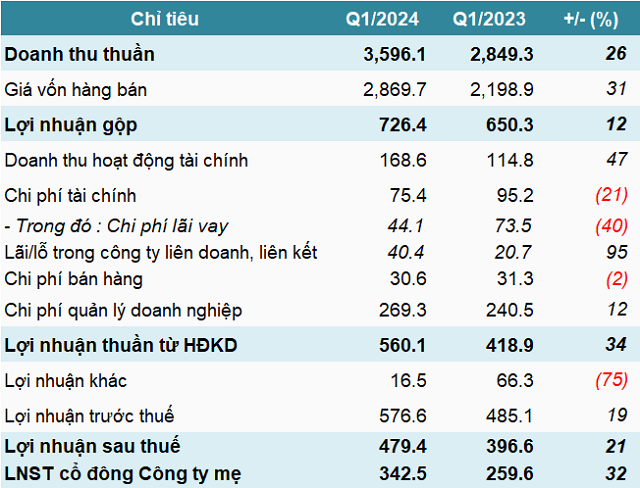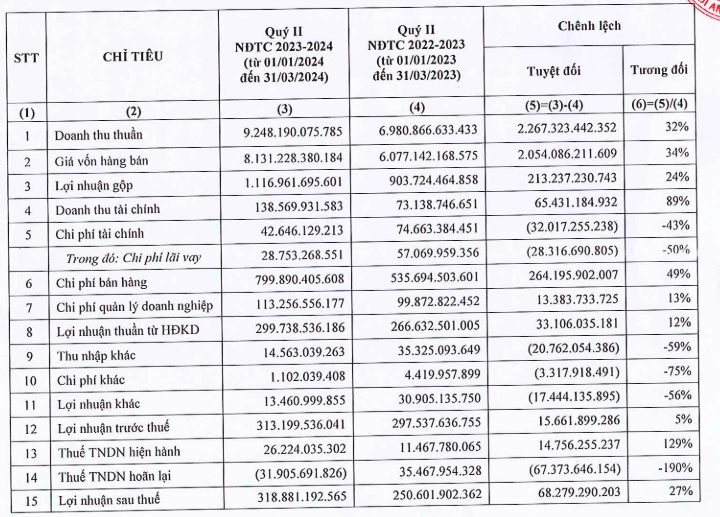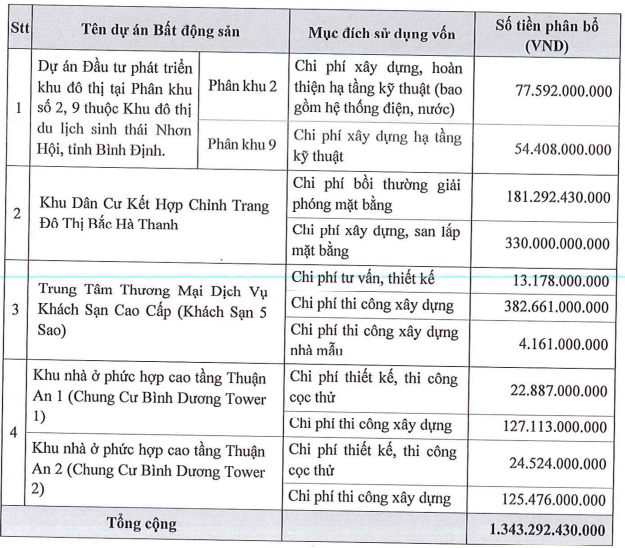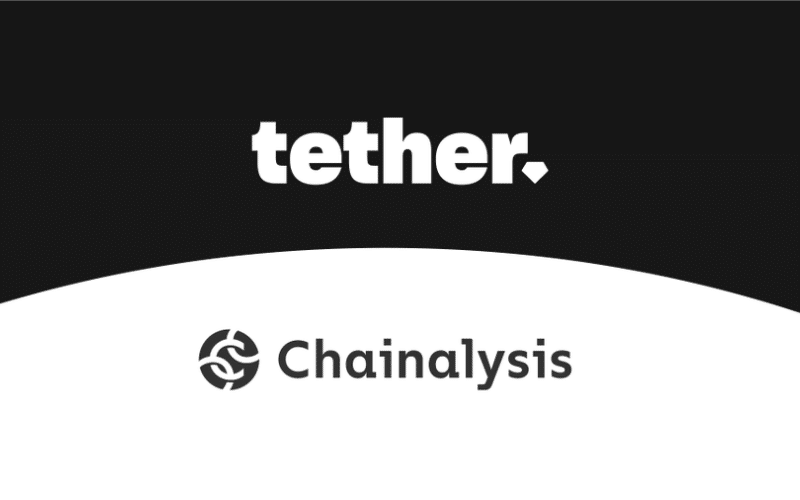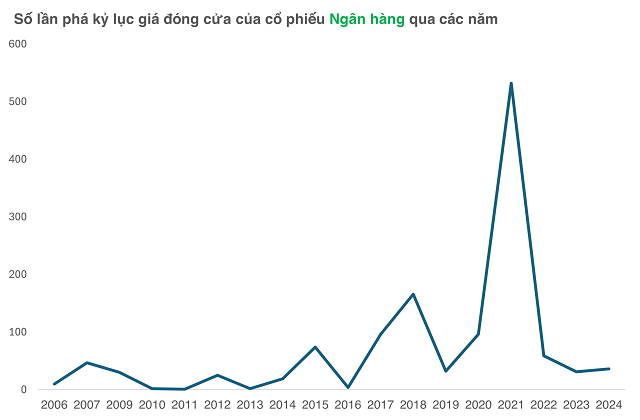The widened Vo Van Kiet Street is 60m wide (6-10 lanes), approximately 13km long from Calmette Bridge (District 1) to the intersection of National Highway 1A (Binh Chanh District), in the East-West axis of Ho Chi Minh City. The road was opened in 2009 and is considered a main arterial road, connecting Ho Chi Minh City with key economic areas in the South.
The extension of Vo Van Kiet Street will help reduce traffic congestion, facilitate the transportation of goods, and create a foundation for economic development between Ho Chi Minh City and Long An province, while also boosting the real estate market in these areas.
According to the proposal of the Ho Chi Minh City Department of Transport, Vo Van Kiet Street will be extended to the Hai Son – Tan Do Industrial Park in Duc Hoa district, Long An province. The new road project will be about 12.5km long and 60m wide. The existing road will also be upgraded to ensure smooth connection with the Ho Chi Minh City Belt Road 3. The project has a total investment of about 8,400 billion VND and is expected to be implemented under the public-private partnership (PPP) model.
The decision to include the extension of Vo Van Kiet Street in the planning to connect Ho Chi Minh City with Long An has been agreed upon by the leaders of the two localities and updated in related planning projects. After the approval of the adjusted Ho Chi Minh City general planning until 2040 and vision until 2060, the Ho Chi Minh City Department of Transport will prepare a feasibility study report for the decision-making authority to decide on the investment direction for the period 2024-2030.
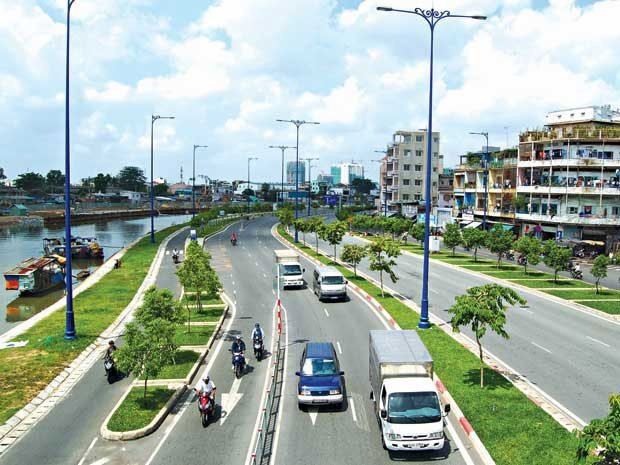
Vo Van Kiet Boulevard continues to be in the plan of expansion, connecting Ho Chi Minh City to Long An province.
Once it is completed, this route will solve the problem of congestion in the western Ho Chi Minh City area. Moreover, the convenient transportation from the western area to the city center via Vo Van Kiet Street will improve the ability to transport goods from the industrial zones in the area to the important ports in Ho Chi Minh City and Long An province.
This information is noteworthy for the real estate market in the context of the increasing wave of migration from the Mekong Delta provinces to Ho Chi Minh City. The formation of this large-scale route is expected to stimulate the high demand for residential real estate, shorten the travel time between the areas, and contribute to the development of the housing market in these areas.
According to observations, although this area has lower real estate prices compared to other areas, the majority of transactions are for residential purposes. However, the supply of housing in Binh Tan district, district 8, and district 6 (part of the western area of Ho Chi Minh City) has been scarce for many years. While the Eastern and Southern districts of Ho Chi Minh City are bustling with infrastructure development, the Western area is somewhat left behind. Therefore, the information about some key infrastructure investment projects will strongly encourage the demand for housing in this area in the near future.
The Western area of Ho Chi Minh City is known for its affordable housing development. The majority of buyers are looking for affordable options because the population in this area is growing rapidly. An industry expert once shared about the population characteristics of this area, where residents have significant financial accumulation but their demand for real estate is mainly for residential purposes, accounting for 70-80% of transactions. Therefore, the liquidity of residential properties is usually higher in this area compared to others as the majority of buyers are purchasing for immediate occupancy rather than investment purposes. Once the demand for residential properties is high, it becomes easier to invest in rental or sale properties.

The majority of real estate purchases in the Western area are for immediate occupancy.
Recently, some apartment projects in this area with prices ranging from 40-50 million VND/m2 have recorded good sales transactions. This is partly due to the high demand from the local community, as well as buyers from the central areas of Ho Chi Minh City who find it convenient to commute to the Western area via Vo Van Kiet Boulevard. For example, at the Akari City Phase 2 project located on Vo Van Kiet Boulevard by Nam Long, there has been a good level of customer interest. At the beginning of the year, the developer continued to offer attractive sales policies to accompany buyers. Specifically, buyers can own an apartment by only paying 150 million VND for the first installment, with a bank loan of up to 80%, no principal repayment for 2 years, and a fixed interest rate of 1% per year – equivalent to 2 million VND/month. In case of a cash payment, there is a 7% discount. This is considered an unprecedented sales policy by the developer. The project has a price range from 45 million VND/m2, with the completion of the topping out ceremony of 4 towers in Phase 2, scheduled for the fourth quarter of 2024, and handover in August 2026.
In addition to the plan to expand key routes such as Vo Van Kiet Boulevard, the transportation infrastructure in the Western area of Ho Chi Minh City is also receiving investment attention. For example, among the 13 new transportation projects in Ho Chi Minh City that started construction in 2024, there are 4 projects in the Western area: Kênh A Bridge, Kênh B Bridge, and the drainage system of Huong Lo 11 in Binh Chanh District, and Tran Van Giau Street in Binh Tan District. Furthermore, the preparation for the construction of the Belt Road 3 route will also improve the transportation in the Western part of Saigon, connecting it to the inner districts, Binh Duong, Dong Nai, and Long An province, making it increasingly convenient.
Therefore, the strong development of transportation infrastructure not only meets the travel and commercial needs of the local population but also contributes to the growth of the real estate market in these areas. As the number of migrants increases, the demand for housing will also increase significantly.
>In the recent discussion about the prospects of the Western area housing market, and Ho Chi Minh City market in general, David Jackson – General Director of Avison Young Vietnam, believed that 2024 could be seen as a turning point and is expected to set the stage for a new development cycle in the coming years. The potential for the residential segment in Ho Chi Minh City is still huge. The city has been and will continue to be one of the key economic centers, attracting human resources from various places, resulting in a high demand for housing.
“If Thu Duc City and the Eastern area are the focus of many high-end projects, then the Southern and Western parts of Ho Chi Minh City have brighter prospects for new mid-range projects. This can be seen in the record rate of absorption for projects launched in the last half of 2023,” emphasized Mr. Jackson.



























